The Pennsylvania commissioned 425 of them, mostly from its shops in Altoona, Pa., but a few of those Pacifics came from Baldwin, and they were an integral part of the railroad’s conveyor belt of passenger traffic from World War I until the end of Pennsy steam operations in 1959. Whether straight or streamlined, express or commuter, the K4s just about did it all and could nearly be called the standard locomotive of the Standard Railroad of the World. Just two K4s Pacifics still exist.
Opening the box
The tooling for this model is largely the K-Line K4s, which I reviewed in the February 2005 issue of Classic Toy Trains. So Lionel began with a decent bit of tooling and then improved the model substantially. It modified the model, adding a whistle smoke unit and enhancing the internal electronics to include Lionel’s Legacy sound and command system as well as the Odyssey speed control system.
The pilot is my favorite Pennsy style – the smooth, solid design with a drop coupler in the center. There are steps on both sides, grab irons on the deck, and steps arcing up toward a platform above the steam chests.
The pilot, smokebox deck, and running boards all have smooth surfaces.
In the center of the smokebox you’ll find a keystone herald, along with grab irons on the smokebox platform and arcing upward toward the turbine.
This design element is unusual for many models in that the generator is on the smokebox face, ahead of and below the headlight.
There are handrails that start at the headlight and run down, then back, along the body of the boiler.
The boiler casting is as neat and clean as I’ve seen, with ample detailing for rivets and bolts, boiler bands, and other standard details. Of special note are the boiler-mounted steps running up the fireman’s side to the sand dome.
There are numerous add-on water, sand, and steam lines as well as a compressor mounted in the middle of the running board on the fireman’s side.
There are brass-color details, such as a bell, whistle, and two pop-off valves.
The running gear looks great and is lightly subdued in color.
The cab has a decorated backhead, illumination, and firebox glow. There are two crew figures, and both windows have plastic panes inserted in them.
The tender is marked as a Pennsy 110 P75-class tender. It has a good level of cast-in rivet, seam, and hatch detailing. There are grab irons on all four corners as well as an uncoupler arm on the rear and an add-on ladder. The coal load is the add-on chunk style.
The tender has three lights atop the rear, and the coupler is a coil type.
One cast-in detail point I liked was the electrical line that ran up from the frame of the tender to just below the center-rear light.
The tender has two power pickup rollers spaced roughly 3½ inches apart.
Under-carriage detail includes a brake-line air tank and a simulated water scoop.
And yes, the Pennsylvania had some 22 water pans distributed around the system to facilitate high-speed passenger operations.
Application of the green, gray, and oxide colors was fine, and detailing, such as road name, number lettering, and builder’s plates, was clear, clean, and easily readable.
On the test track
The usual controls – run/program, main and aux smoke, and speed control – are placed under the cab. There is a large thumbwheel for adjusting the sound level hidden beneath the water hatch on the tender.
The O gauge model has smoke from two outlets, the stack and the whistle. While the main smoke unit is filled through the smokestack, lifting a dome and using the funnel provided is the means of filling the auxiliary unit.
The dome you remove is, appropriately enough, the dome with the whistle attached to it. Removal is a two-fingernail job, so take care not to damage the whistle when lifting the piece up.
Smoke output for both the stack and the whistle was good, and the visual effect of the whistle was the best I’ve seen thus far.
Our command-mode low-speed average was 2.8 scale miles per hour, while the conventional-mode low-speed average was 5.6 scale miles per hour. The high-speed average was 104 scale miles per hour.
Drawbar pull was 1 pound, 15 ounces.
In command-mode motor operation was smooth, and the speed control was awesome.
The sound suite was great, with a good batch of locomotive sounds and a complementary group of steam and compressor bits. The crew/tower conversations were loud and clear. And the reproduction of the sounds was outstanding.
Credit Lionel with success in accessing K-Line tooling, making physical tweaks in the body, and adding a great sound and command package to generate a terrific version of an iconic American steamer. Well done, indeed.
Features: O-36 operation, can-style motor, wireless tether, smoke unit, Legacy command and sound system, coil coupler





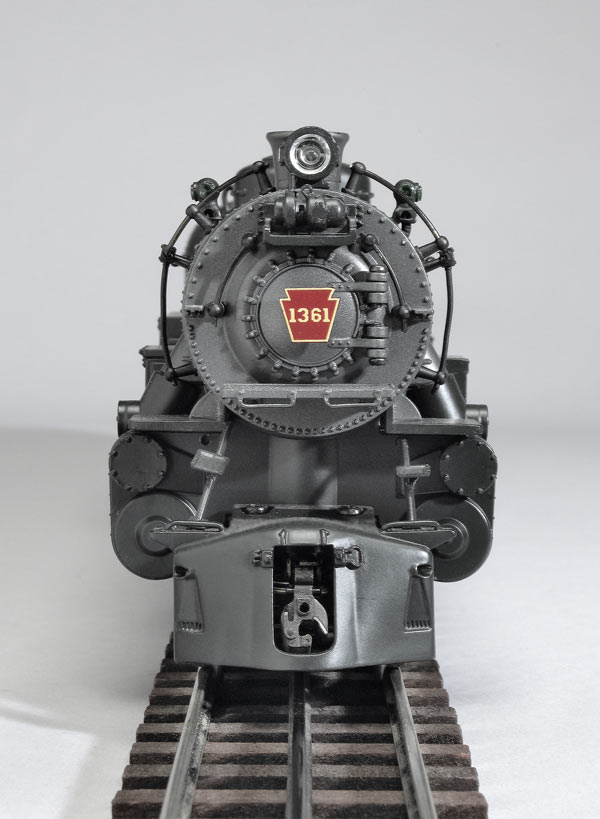

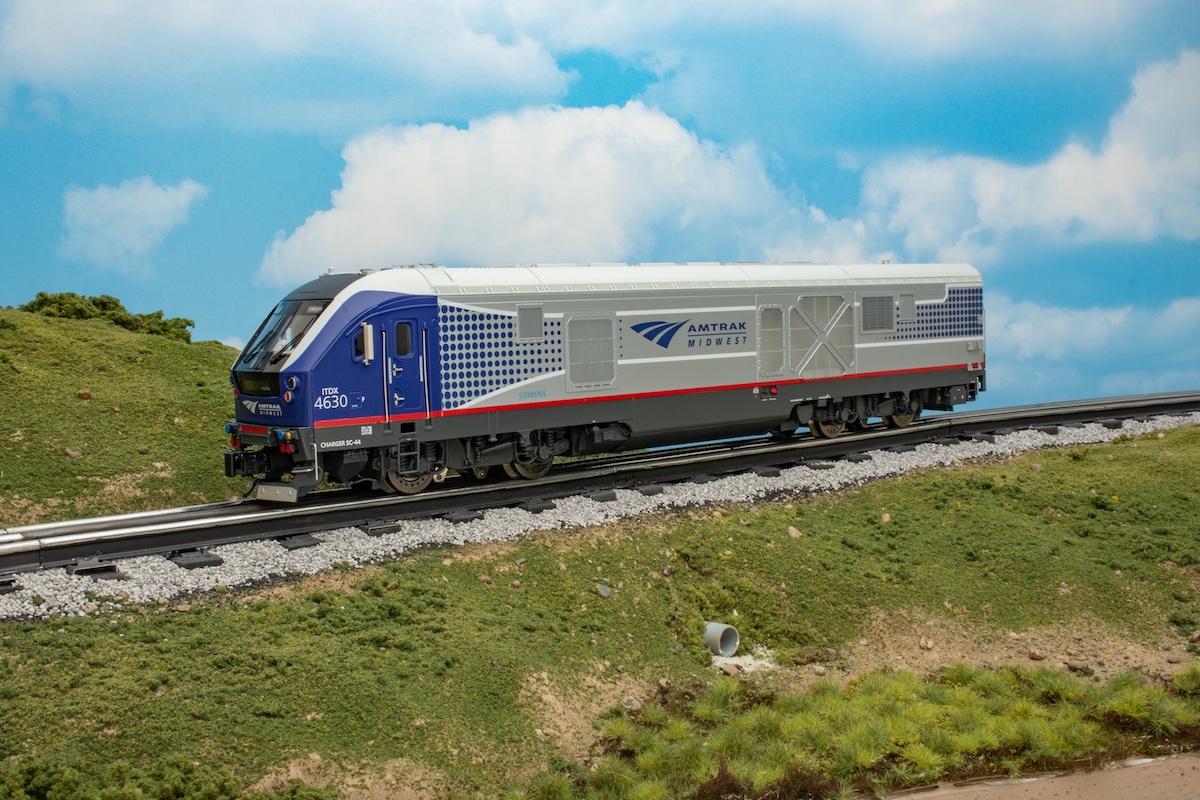
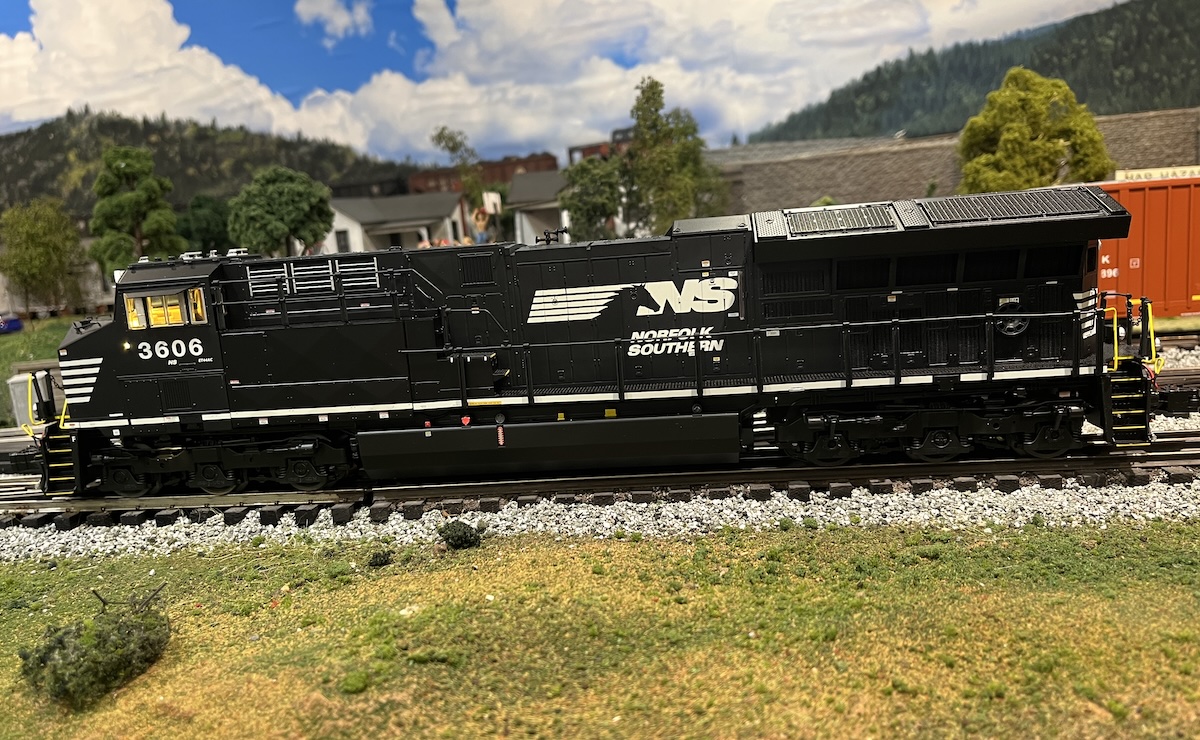
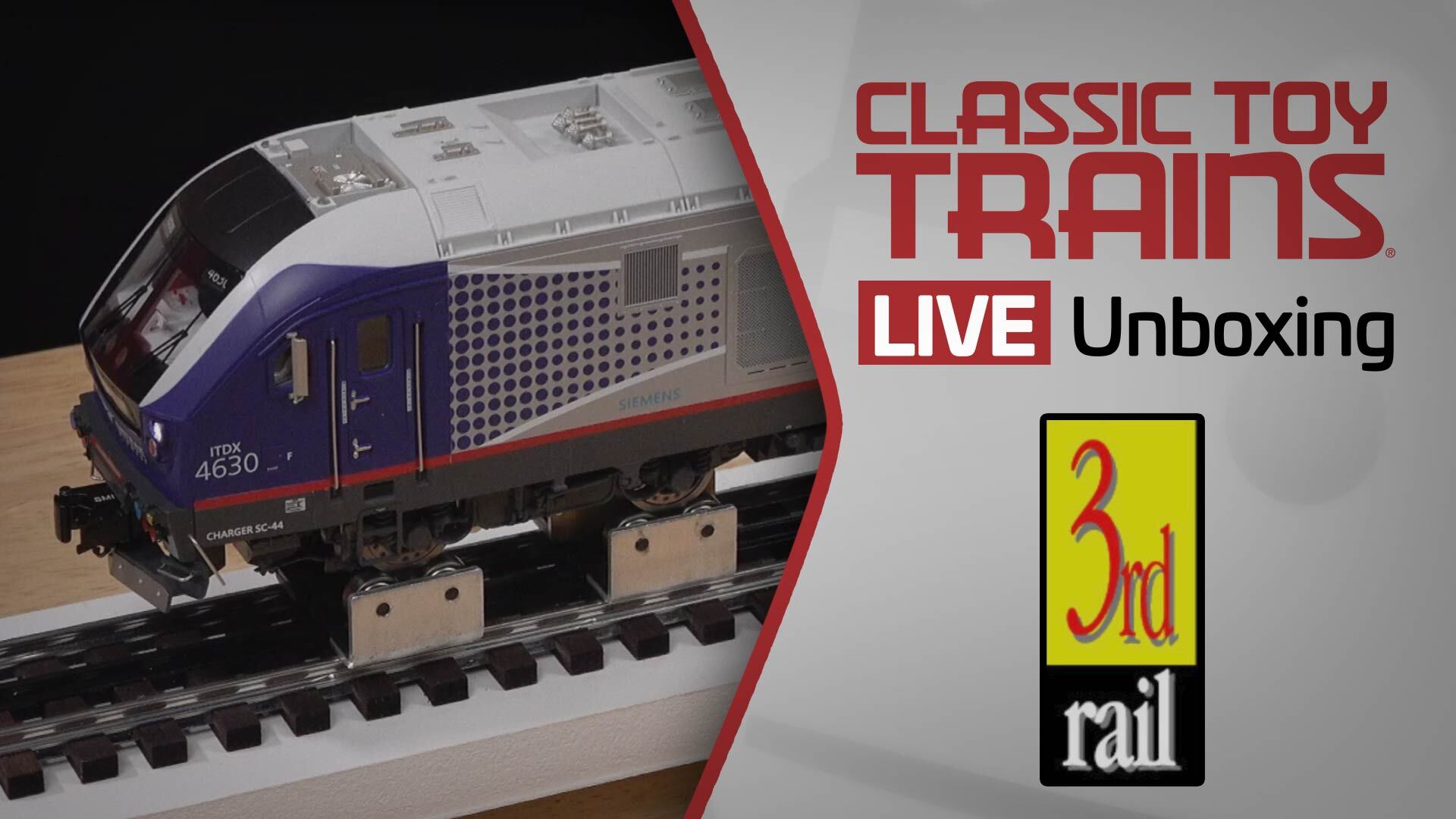
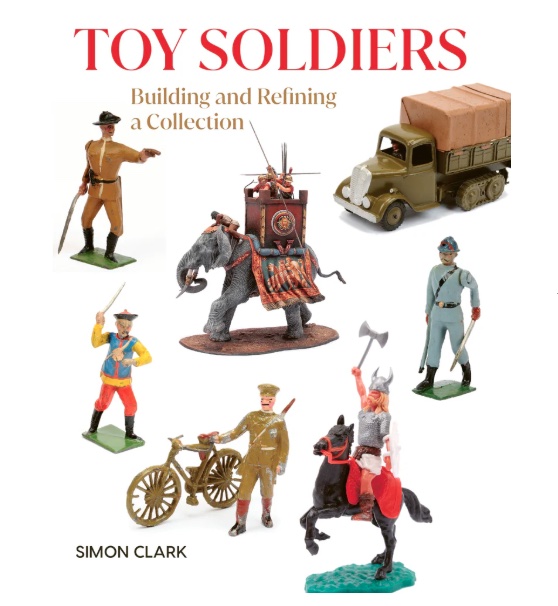




a fine engine mine is a prewar model
i have this and its a wonderful model to run and enjoy, my 3 yr old daughter loves running this one,shes a jr. enginier and she runs her sister T1 4444 on a 8×12 layout shes a up and comming hobbiest. got to love it
A beautiful model.Fine added Features.